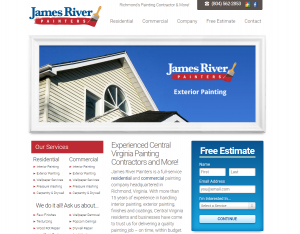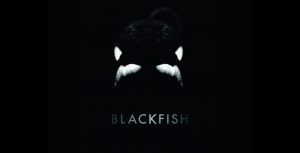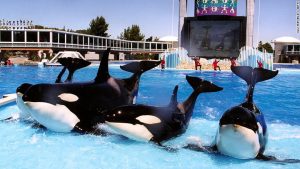- Exigencies: One thing I noticed with this company is that it has a lot of history and a major community outreach. The homepage and links may overwhelm a new visitor.
- Audiences: Members of the Lancaster community and building contractors would benefit most from this company’s layout. For those outside of the community, it may be difficult to find what they are looking for.
- Constraints and Assets: The desire to appeal to the community is understandable; however, alienating those from other communities may not be the way to go. Instead, they should showcase how the company has helped their community and explain how they can help other communities as well.
Issues:
- How does the organization portray itself as qualified or authorized to speak about a particular issue? The company portrays itself as a fixture in the community and a company partnered with B Corporation, an acknowledgment of the company’s commitment to social and environmental ethics, transparency and accountability.
- Is there evidence in the rhetoric that interested audiences have been consulted and have had a reasonable opportunity to influence the process? The website offers a “Testimonials” tab and has a “When Clients Become Family” section that details the extent of the company’s relationships with its clients.
- What is said about an issue and what is not said? A major issue within the painting community is the surge of DIY enthusiasts who prefer to tackle their paint job on their own. The website does not acknowledge this as a potential problem for those seeking superb results.
- Based on your knowledge of the rhetorical situation and rhetoric, does the organization appear to conceal or de-emphasize information that might influence the issue? I do not feel that simply not mentioning the issue is “concealing” it. I would say no, they are not.



